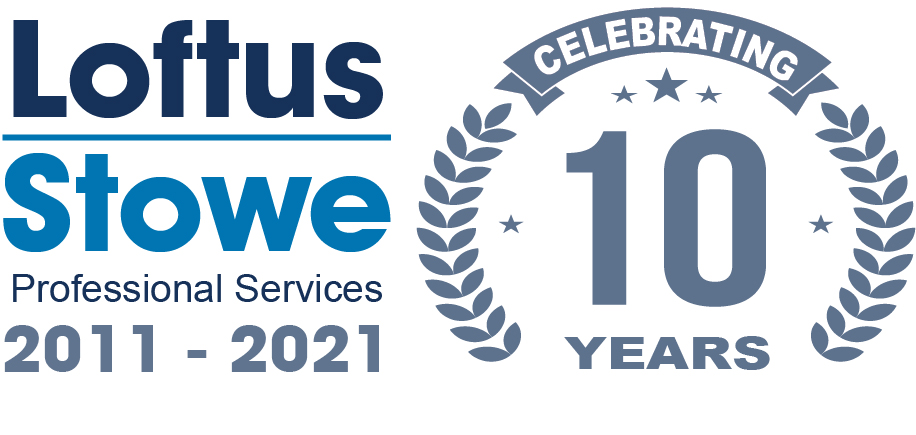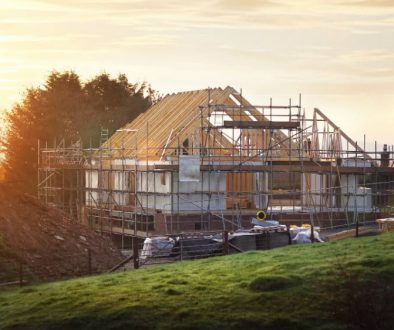I think Capita (LSE: CPI) probably is a decent long-term dividend pick, but when a company announces poor results as theoutsourcing specialist did at interim report time in September and its share price plummets, I stand back and take a hard look.
So far, the Citys analysts have not lowered their consensus forecast for the dividend, and if the mooted payments of more than 31.5p pencilled in for this year and next actually come to pass, well be looking at yields of around 6.6% on the current 471p share price.
The 27% crash in the share price since 20 September has also dropped Capitas prospective P/E multiples for the next two years to under 10 and if the market has over-reacted to the firms troubles, then the shares could well be oversold and good value now.
More bad news to come?
Im tempted by that thought myself, but Im held back by my recollection of thinking something similar about Carillion after its big shock in July, only to see yet another profit warning sending the shares plunging further this month.
But back to that dividend. Part of Capitas recovery strategy, necessitated by a big fall-off in significant contract wins and a drop in its bid pipeline, is to engage in a cost-cutting programme to try to support profits. And a company doing that, to me, should not be paying out high dividends.
I think those who believe this is just a very short blip and that recovery will be rapid could be disappointed, and I really can see a high chance of a dividend cut.
Bigger and more reliable
Im more firmly drawn to a dividend yield that is both bigger than Capitas and, in my opinion, a safer bet. I reckon Im seeing that from Crest Nicholson Holdings (LSE: CRST) with its currently forecast yield of 7% for the year to October 2018, and what I see as a strong future for the UKs housing sector.
I actually think the entire housebuilding sector is paying very attractive dividends which I think will be sustainable in the long term, butCrest Nicholsons has been one of the most stunningly progressive of the past few years.
In 2013, the company paid out 6.5p per share, more than doubling that the next year to 14.3p, and then building it as high as 27.6p in 2016 (and that was covered 2.25 times by earnings). Two more years of predicted rises would take the annual payment to around 37.2p by 2018, for a 5.7-fold multiplication in just five years.
Growth too
The share price has almost doubled over the same period, to 509p. On top of that obvious benefit, what it also means is that if youd bought shares five years ago at around 255p, youd be set to enjoy an effective yield on your purchase price of nearly 15% in 2018 if forecasts are accurate.
The company has already committed to 2 times cover for the 2017 year just ended, though we are seeing a reduction in cover in 2015 it came in at 2.5 times. The future rate of dividend growth has to fall off as the firm reaches a sustainable cover level, but Id be happy for it to just keep ahead of inflation over the long term and I can see it remaining significantly better than that for some time yet.
Another growing dividend stock
If you’re looking for a diversified portfolio of growth and dividend prospects, there are some tempting offerings among smaller companies too. One small-cap stock that I definitely reckon is worth a close look is examined in detail in this free report from the Motley Fool’s top analysts.
It’s a UK-based business, so there’s none of the overseas risk that can beset smaller-cap stocks. And it’s been steadily growing its earnings for yearsand lifting its dividends nicely too.
To learn more, just click here to get you personal copy at zero cost.





